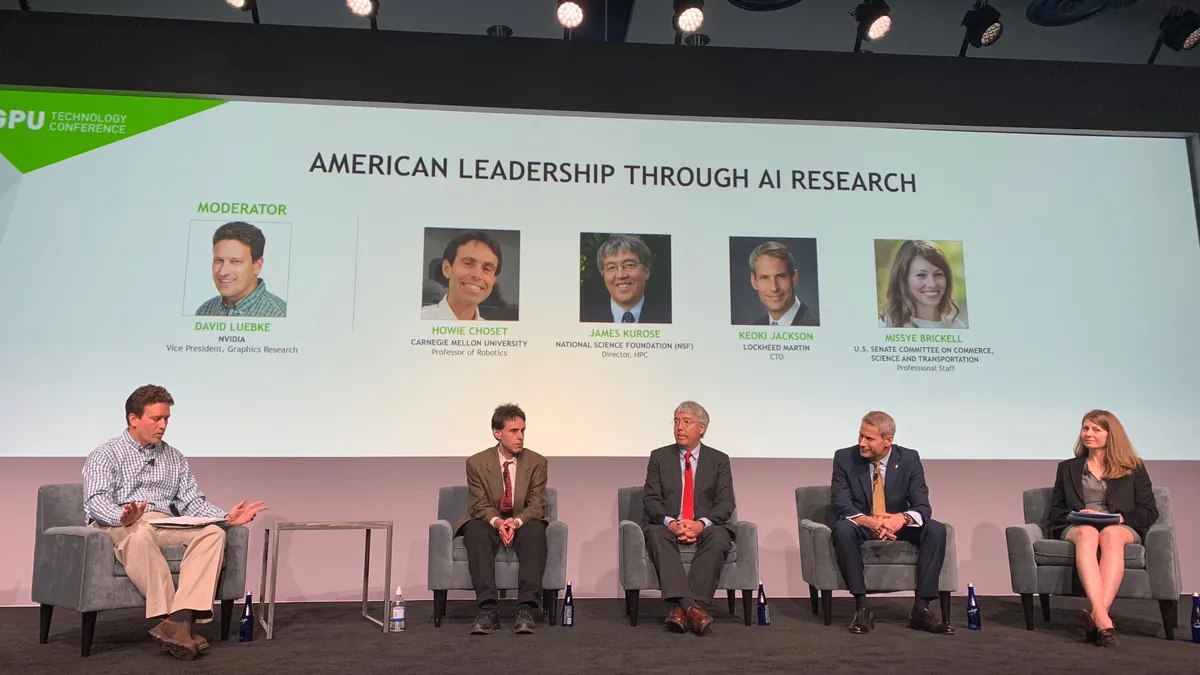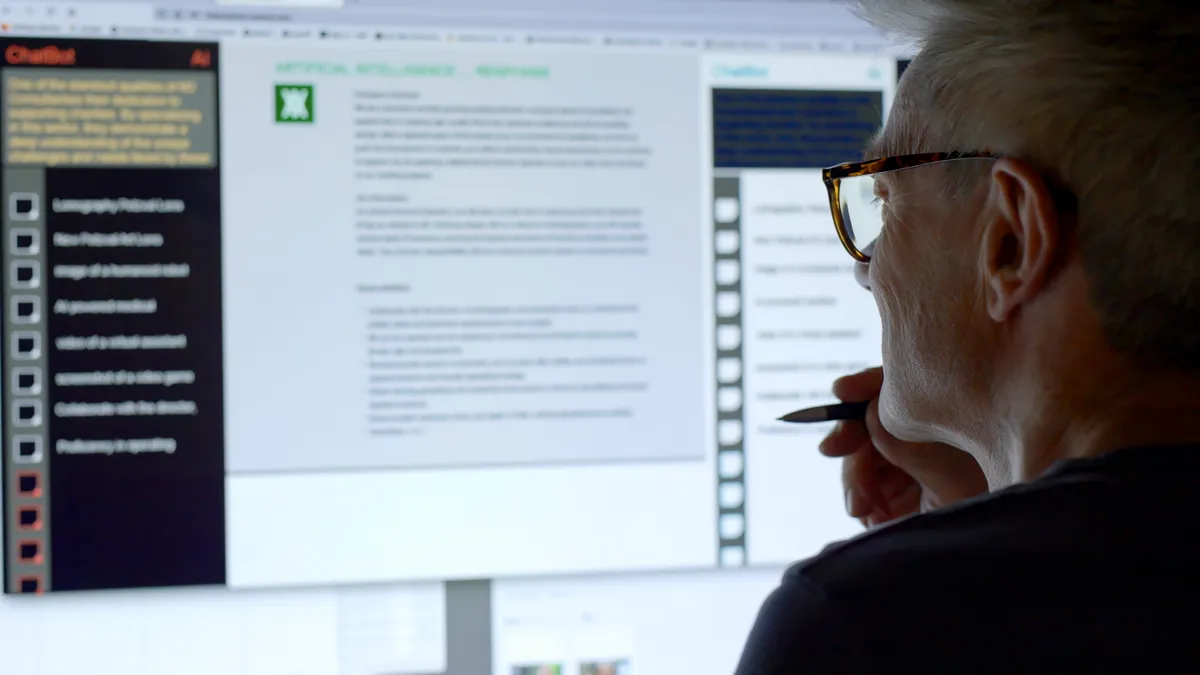From the ivy walls of America's top universities to the brightly decorated class walls of public elementary schools, questions about technology's role in the education system — and especially the deficits of STEM education — have risen as the country grapples with a digital future.
Last week's announcement of a $1 billion College of Computing by the Massachusetts Institute of Technology was the crown jewel on a series of initiatives by universities and the technology industry to create opportunities in sophisticated technology research.
The computing college will bring together computer science, artificial intelligence, data science and related programs in a "significant reshaping" for the research university.
Artificial intelligence and automation are already causing friction in the workforce. While experts generally agree that its associated technologies will create scores of jobs, matching up the displaced workers to recently created roles hasn't and won't be easy.
Many children in school today will have jobs as adults that don't exist in the market yet, and traditional educational pathways need to be rethought and redeveloped.
Some experts have criticized university curricula for lacking agility. Many programs haven't been updated in years even though the technology refresh cycle is happening at a faster pace. Continuous or yearly updates to curricula and content can help fight for relevancy.
How to bring about change
The MIT initiative brings up an important question, especially for institutions of higher learning: Should existing programs be revamped to incorporate areas such as AI, or should schools create an entirely separate unit for the research area?
It's harder to change academic programs when a lot of people have a stake in it, according to David Luebke, VP of graphics research at NVIDIA, moderating a panel at the GPU Technology Conference in Washington this week. Changing the basic computer science curriculum, for example, is difficult because it underpins or ties too many other fields of study.
Carnegie Mellon University has tried to make its programs more flexible while still serving the larger university, according to Howie Choset, robotics professor at CMU, speaking on the panel. The university recently launched an artificial intelligence major rather than opting to revamp the entire computer science program.
In higher education at large, institutions need to be more adaptable to what students and industry want, he said.
Across the high school, undergraduate and graduate levels, computing curriculum is broadening, according to Jim Kurose, assistant director for Computer and Information Science and Engineering at the NSF. The standard CS 1, CS 2 framework is prevailing, and more institutions are adding "X + CS" tracks that address the application of computing in different domains, such as AI.
What's important is promoting computing in schools as a creative endeavor, Kurose said. Students across institutions and grade-levels need to think of the field as a tool they can apply in many areas.
Taking curriculum out of the classroom
Schools like MIT and Carnegie Mellon are already national leaders in STEM, and part of a clear group of institutions emerging as leaders. But there are efforts in the rest of the higher education space to be more nimble in technology curricula.
Traditional four year, in-person programs are no longer a necessity. One of the biggest providers of computer science degrees today is Georgia Tech's online program, according to Keoki Jackson, CTO at Lockheed Martin, speaking on the panel.
Lockheed Martin has an internal digital training program to focus on key areas such as analytics and cyber, pulling from universities and large content providers Coursera and Udacity. Many other businesses are also propping up internal training programs.
Making learning materials available is becoming more ingrained in academic culture. There are many lectures online from top STEM educators that serve as a resource for educators at other institutions with more finite resources, according to Choset, who puts his own lectures online.
The dissemination and democratization of this content helps reduce barriers to entry, in addition to tools and low-code solutions for less technical workers.
Content isn't the only thing students and teachers need more access to. "Across the board, we need to put computation in the hands of data scientists," said Kurose, adding that great ideas will remain nothing more than ideas unless researchers have the compute power to act on them.
The NSF is working with cloud providers to provide cloud credits to the foundation's researchers, but more systemic programs are needed to bring that compute power access to researchers at NSF and other institutions.




















